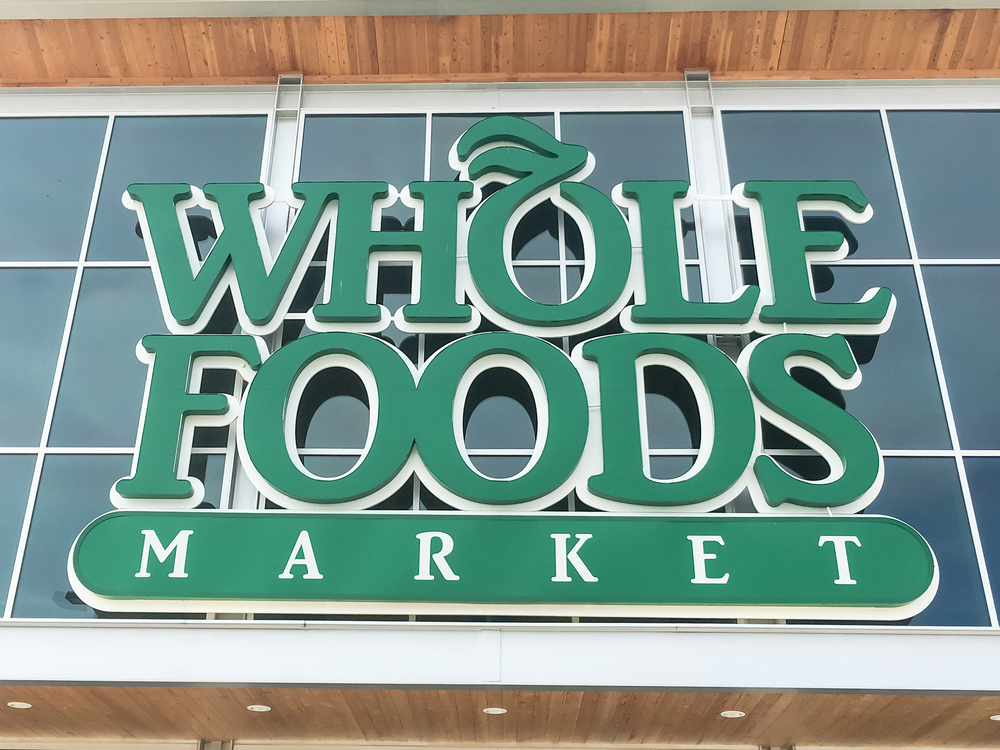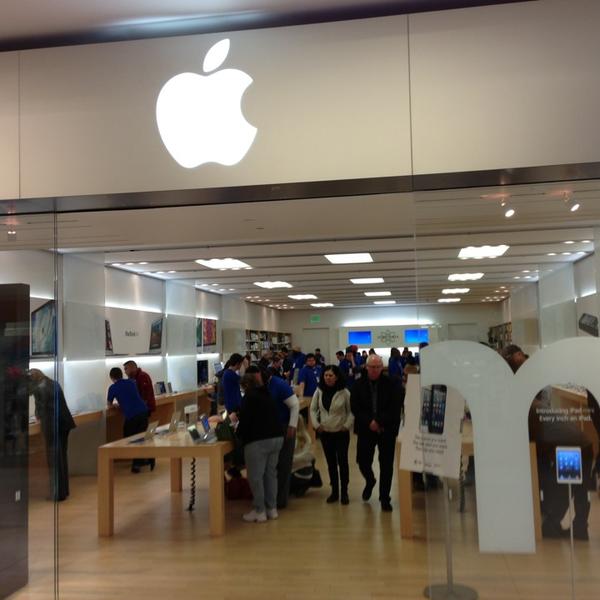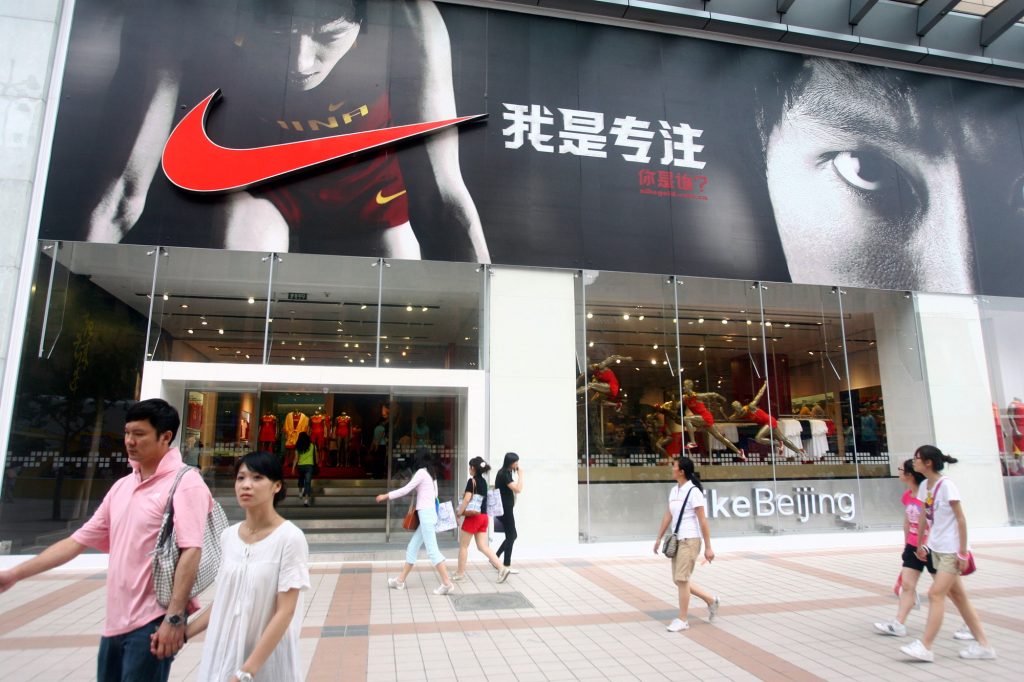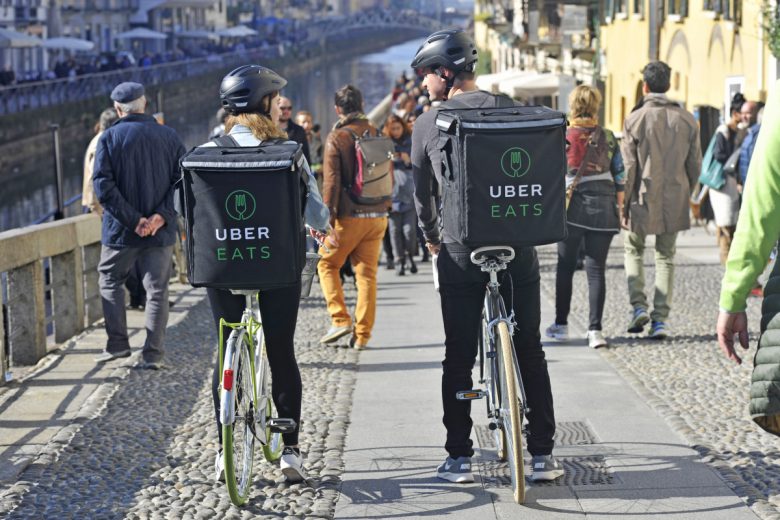When starting a business, oftentimes the goal is to create a good product and make enough revenue to pay owners, staff, and suppliers. However, some businesses are meant to do more than that. Some companies are destined to reach customers around the world.
While many companies have failed to expand internationally, there are cases when a company figures out how to do it right. In this article, we’ll look at some companies that succeeded internationally and explain how they were able to do it.
McDonald’s

The burger chain began its journey in 1940 in San Bernardino, California, with Richard and Maurice McDonald. However, it was Ray Kroc who saw its global potential. Kroc joined the company in 1955 and took action to turn it into a worldwide franchise.
In North America, the company is well-known for the universally loved Big Mac and Happy Meal. As the brand expanded globally, it recognized the need to respect and adapt to local tastes. For example, In India, the menu features the McAloo Tikki. This is a nod to the country’s vegetarian preferences. In Japan, you’ll find the Teriyaki Burger on the menu.
Beyond food, McDonald’s localized its service and ambiance. It did this by incorporating regional architectural nuances and cultural practices. For instance, in some Middle Eastern countries, McDonald’s outlets have separate sections for families. By blending the global appeal of its core products with a deep respect for local tastes and traditions, McDonald’s turned fast food into a global culinary phenomenon. The company now has over 40,000 locations in 119 countries. Their growth isn’t slowing down as they were able to generate $23 billion in sales in 2023.
Coca-Cola
The soft drink maker is one of the most recognizable food brands on the planet and has been for nearly 100 years. The company started humbly in an Atlanta pharmacy in 1886 and grew quickly because of its unique marketing efforts. One of the pivotal moments in the company’s international expansion came in the early 20th century when, during World War II, Coca-Cola committed to ensuring that every American soldier could get a bottle of Coke for five cents. They made this possible regardless of where they were stationed.
This not only increased its brand loyalty among the troops but also necessitated the establishment of bottling operations in multiple countries around the world. Post-war, these international facilities acted as springboards. This enabled Coca-Cola to embed itself in local markets.
Beyond logistics, Coca-Cola’s success internationally can also be attributed to its adaptive marketing strategies. The company realized that the global appeal of its product was essential. An example of this is the “Share a Coke” campaign. This was where bottles were personalized with local names, creating a personal and cultural connection.
Over the years, strategic acquisitions and partnerships with companies like China’s COFCO further solidified Coca-Cola’s market position in diverse geographies. Today, their products are served in over 200 countries.
Domino’s Pizza
For entrepreneurs and business leaders who love a good comeback business story, Domino’s serves as a great one. The company was founded in 1960 in Ypsilanti, Michigan, by Tom Monaghan and his brother James. At the time, they had to compete with local pizza companies as well as the industry leader, Pizza Hut. However, the brand’s promise of delivering hot, delicious pizza in 30 minutes or less soon caught the nation’s imagination.
The company saw success in the 1980s and 1990s with its “Avoid the Noid” campaign. However, by the early 2010s, public opinion had changed about the brand. Customers often flooded the company with complaints and left reviews about the “cardboard-tasting pizza”. Instead of ignoring the feedback, Domino’s listened and even began asking customers for help solving the problems.
They actively worked to turn around the major issues with their recipe. They improved the crust, sauce, cheese, and the quality of their toppings. The improvements worked as the pizza chain regained the market by 2016.
Beyond the menu, Domino’s leveraged technology, introducing user-friendly apps and innovative delivery methods tailored to the logistics of different countries. Whether it’s using scooters in narrow lanes or integrating with regional payment gateways, Domino’s ensured that its global consumers found convenience at every step.
The pizza maker now has over 20,000 locations worldwide and its worldwide revenue of $8.7 billion annually is nearly equal to the U.S revenue of $8.8 billion.
Toyota
The now worldwide automaker was founded in 1937 by Kiichiro Toyoda. The company was a spinoff from his father’s company, Toyota Industries. Toyota’s philosophy was rooted in the principles of ‘Kaizen’ (continuous improvement) and ‘Genchi Genbutsu’ (go and see). Kaizen is a philosophy that helps to ensure maximum quality, the elimination of waste, and efficiency improvements, both in terms of equipment and work procedures. With Genchi Genbutsu, Toyota managers are expected to experience operations firsthand in order to see how they can be improved. Both of these principles as well as others played a pivotal role in its global ascendancy.
Toyota understood the essence of globalization early on. Recognizing the logistical and economic benefits, Toyota set up manufacturing plants in strategic locations worldwide. This localized production allowed Toyota to customize its vehicles that fit consumers in those locations. For instance, large trucks tend to appeal to the North American market. However, compact and fuel-efficient models found favor in Europe and parts of Asia.
Toyota’s commitment to innovation is seen through its pioneering of hybrid technology with the Prius. This helped further bolster its global image. Now, the company employs 360,000 people all over the world. As of October 2023, the company just set a record for output with 5.6 million vehicles and enjoyed $256 billion in revenue last year.
Samsung
The South Korean tech company was established in 1938 by Lee Byung-chul. What started out as a small trade company has grown to become one of the biggest brands in the world.
Samsung embarked on a journey that saw it diversify into multiple sectors, including textiles, insurance, food processing, and securities. But it was in the latter half of the 20th century that Samsung found its true calling: electronics.
Samsung Electronics delved deep into areas like semiconductors, telecommunications, and digital appliances. From televisions to smartphones, Samsung positioned itself as an innovator. It was often the first to introduce features that soon became industry standards. Its Galaxy series, for instance, garnered a worldwide fanbase, challenging the seemingly unstoppable Apple iPhone. They did this by not trying to copy the iPhone but offering alternative benefits and features for a more affordable price.
In regions like Europe and North America, Samsung tailored its marketing campaigns to resonate with local values and aspirations. Meanwhile, in developing markets, it optimized product lines to offer affordable yet high-quality devices. Samsung now generates over $234.08 billion in revenue annually.
Whole Foods Market

The well-known healthy grocery chain began as a modest natural foods store in Austin, Texas in 1980. Founded by John Mackey and Renee Lawson Hardy, Whole Foods championed the organic food movement long before it became a global trend. The store was not just about selling products; it was about advocating for a healthier lifestyle. As the brand grew in popularity in the U.S., it recognized the rising global consciousness about health, sustainability, and ethical consumption.
Tapping into this universal sentiment, Whole Foods set out to expand internationally to places like London and Canada. However, Whole Foods didn’t merely transplant its U.S. model. Instead, it blended its core principles with local sourcing. This strategy came from an understanding of regional dietary preferences.
Their stores overseas became platforms where local producers could showcase their organic and sustainable products. The company was bought by Amazon on August 28, 2017, for $13.7 billion. Today, Whole Foods has more than 500 retail and non-retail locations in the US, Canada, and UK — and even more stores in development.
Apple

Steve Jobs, Steve Wozniak, and Ronald Wayne transformed from a startup in a garage in 1976 to a global technological behemoth. Apple’s success worldwide is due to more than just its products. It comes from the principles around product development.
The brand consistently emphasized innovation, design, and an unparalleled user experience. While the iPhone revolutionized global communication, Apple’s suite of products, from the Macintosh computers to the iPod and iPad, broke boundaries. But Apple’s international success wasn’t a mere replication of its American strategies. In China, for example, Apple integrated regional digital services and offered localized features to resonate better with consumers.
In the Middle East, it ensured that its software recognized regional languages and dialects. Apple Stores worldwide became not just retail spaces, but cultural hubs, blending local architectural influences with Apple’s minimalist design philosophy. By ensuring that every touchpoint, from product to store to after-sales service, radiated excellence, Apple secured its legacy as a global titan.
While it isn’t true that Apple was the first trillion-dollar company (there are a few companies that reached that dollar amount in today’s value) it was the first publicly traded company to do so. Recently, it also became the first to reach $3 trillion in valuation.
Nike

Nike invested US$99 million to build distribution center in Jiangsu
The hallmark of Nike’s global success is undeniably its iconic ‘swoosh’ logo. The swoosh is undoubtedly one of the most recognizable symbols in all of the world. Also, the tagline ‘Just Do It’ helped the company reach athletes of all levels across the world
But more than branding, Nike’s understanding of the global consumer, strategic endorsements, and innovative marketing campaigns have set it apart. In the 1980s and 1990s, associations with athletes like Michael Jordan and Tiger Woods projected the brand into an unparalleled league. But Nike didn’t just rest on its laurels. It localized its approach, understanding the unique athletic and cultural nuances of different regions. For instance, while basketball might be more effective in the U.S., the company focuses more on soccer in Europe.
Nike products are available in a whopping 170 countries and they manufacture in 41 countries.
Amazon
What started out as an online bookstore is now considered the ‘Everything Store’. Jeff Bezos founded Amazon in 1994 from his garage in Seattle. There were a lot of reasons why this company was able to grow internationally so quickly and effectively.
Firstly, its continuous evolution, venturing into areas like Amazon Prime, AWS (Amazon Web Services), and Alexa, showcases the brand’s relentless drive to innovate. In its global expansion, Amazon wisely chose to respect regional market idiosyncrasies. Instead of imposing an American business model everywhere, it adapted to local shopping behaviors and preferences. Acquisitions of companies like that of Souq.com in the Middle East or the investment in Deliveroo in the UK, exemplify its strategy of gaining local insights and foothold through strategic partnerships.
Now, Amazon is one of the 6 trillion dollar companies on the planet. It no longer is just an everything store but it is also a media company with Amazon Prime Video being one of the most popular streaming services available.
Uber
Founded in 2009 by Garrett Camp and Travis Kalanick, it’s hard to believe there was a time before the ease of getting an Uber. The company’s rise wasn’t just about innovation but also rapid global expansion. Entering markets at breakneck speed, Uber became a global name almost simultaneously with its rise in the U.S. However, Uber’s global journey wasn’t without hiccups. It faced regulatory challenges, strong local competitors, and cultural differences. One of the ways Uber grew its international footprint was through mergers and acquisitions.
For example, in China, Uber’s operations faced fierce competition from Didi Chuxing. The competition eventually led to a merger of the two companies. In contrast, in regions like the Middle East, Uber successfully acquired Careem, a local competitor, solidifying its presence. The essence of Uber’s global strategy lies in its adaptability. In countries such as Brazil, India, Egypt, Nigeria, France, and South Africa, Uber drivers accept cash payments. This is to accommodate local economies that still utilize cash over electronic payments.
Being a tech company that has been able to adapt to areas where online payments are not as desirable or available. Uber now operates in 72 countries, with over 7.6 billion trips carried out.
Conclusion
A shared trait that successful companies have is their ability to understand, respect, and cater to diverse cultures. All while maintaining the core values and qualities that made them stand out in their home markets. If your business has international aspirations, take a lesson from these successful companies and apply them to your business.
Also read:
5 Companies That Took a Risk and Succeeded
10 Companies that Failed Due to Poor Management
10 Companies that Failed to Innovate and Paid Dearly for It











Pingback: 10 Companies that Failed to Innovate and Paid Dearly for It - StartUp Mindset
Pingback: 10 Companies That Successfully Went Global – Austin Rotter
Pingback: 8 Companies That Failed to Expand Internationally - StartUp Mindset